Understanding the Differences Between French Drains and Catch Basins
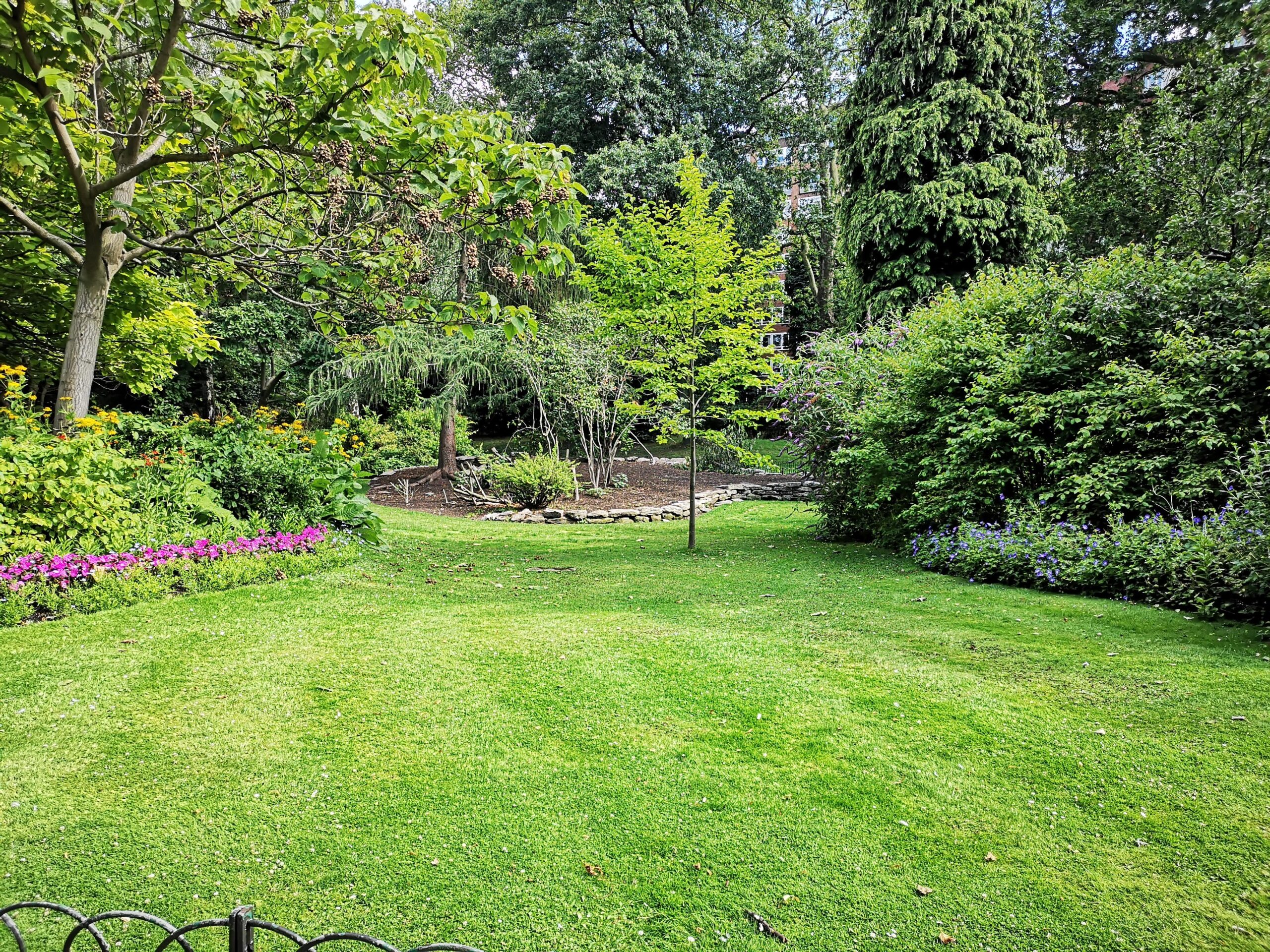

Roger Marx
Roger Marx, a distinguished BPA Advisor specializing in Landscaping & Outdoor Materials, is dedicated to sharing his extensive knowledge and expertise on the latest trending building and design products. With a keen focus on landscaping and outdoor materials, Roger contributes valuable insights that shape discussions on innovative construction practices and materials in these vibrant and essential areas.
If you’re looking into outdoor drainage systems for your home, you’ll need to understand that you could set yourself up for an expensive failure if you lack the proper draining. This could impact your wallet and your home for years to come! On the other hand, having a solid drainage system could help you skip out on the hefty price of leveling your home or foundation-related repairs (due to excess water).
Two of the best systems would be a French Drain and a Catch Basin. Both of these serve the same purpose, but when it comes to French Drain vs. Catch Basin, there are some notable differences. So, which should you choose for your home? We’ll cover it all today!
What is a French Drain?
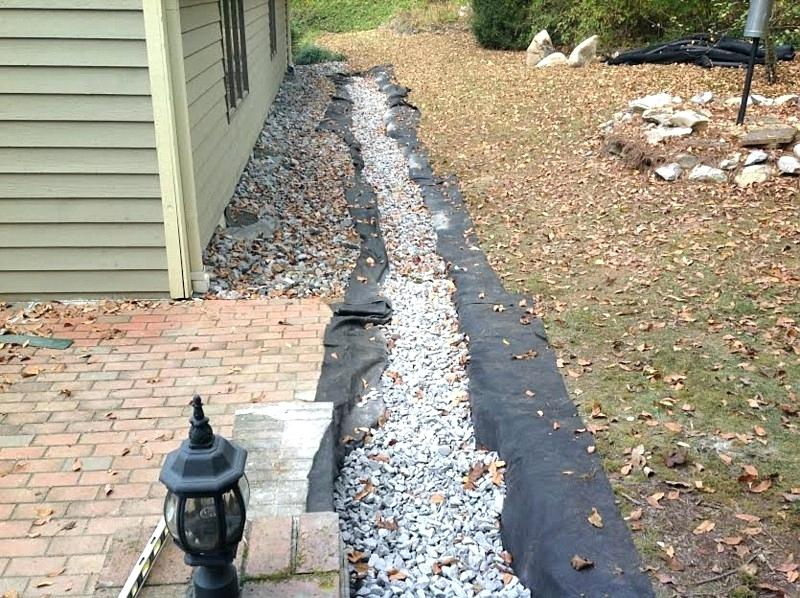
A French drain is a drainage trench that collects groundwater; it essentially has a perforated pipe laid in it. This offers a runoff over a wide area and could even include a downhill channel. The perforations in the drain are what make this particularly special. Unlike a solid drain pipe, the water for a French drain can enter at any point through the perforations. These are best for drying boggy land or controlling the runoffs on a hill. Just as there are some major differences between a Footing Drain vs. French Drain, the same can be said about it differing from a Catch Basin.
What is a Catch Basin?
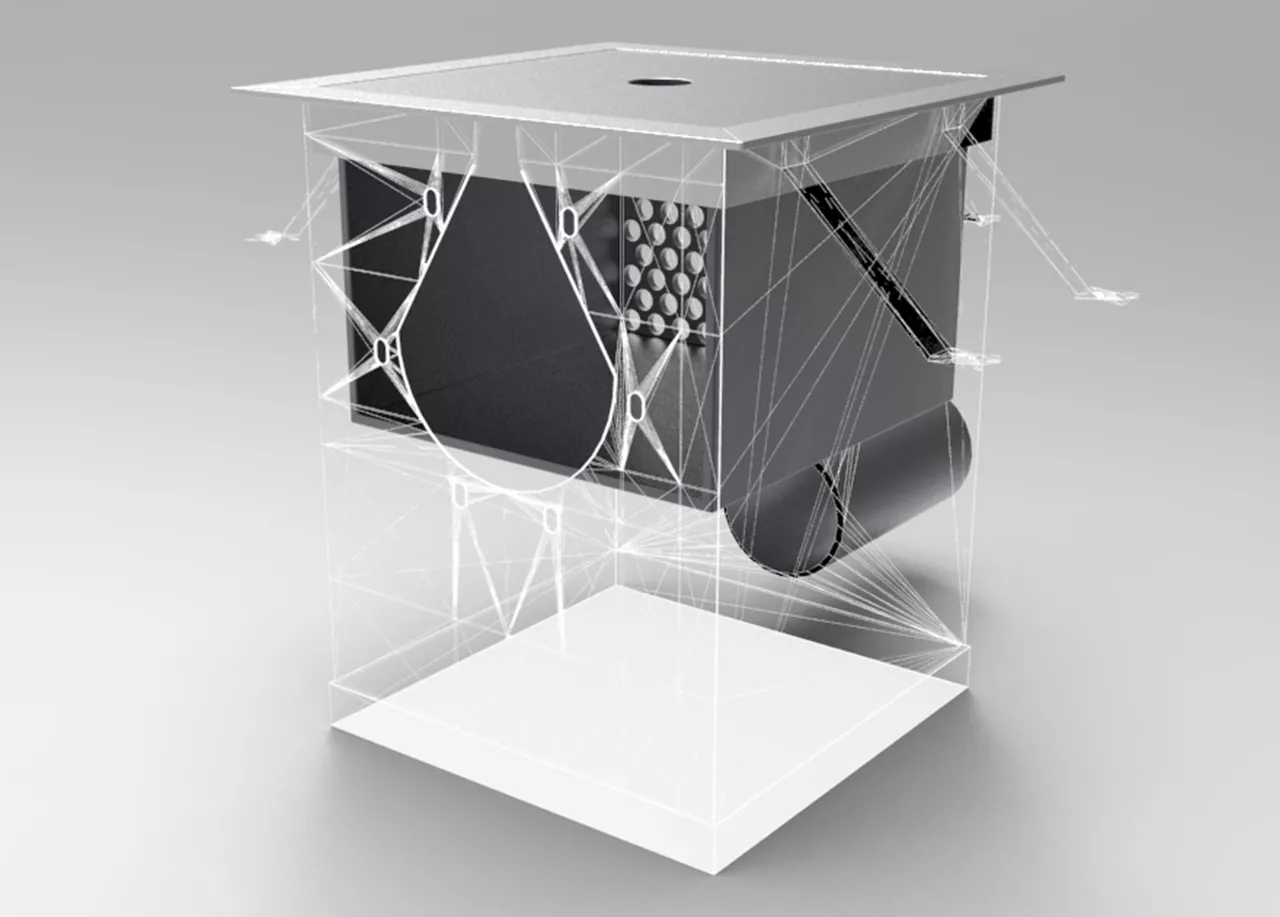
A catch basin can be a great way to manage discharge, thus can also come in various shapes and sizes. This is a plastic or concrete box that has a grate at the top of it. The catch basin is installed by burying it in the soil, so only the grate is shown—the surface water flows, which then gets directed through the drainpipe. The catch basin will “catch” and collect the sediment from the runoff. This prevents it from entering the drainage pipe, so dirt and debris will just sink to the bottom of the catch basin. This is ideal as it helps out in preventing drainage clogging.
What is the Difference Between a French Drain and a Catch Basin?
When it comes to French Drain vs. Catch Basin, the main difference between a French Drain and Catch Basin would is the fact that water enters from the ground or flows into the trench from above for a French drain. This contrasts with a catch basin because it is a box in the ground with a grated top; it only accepts water through the top part. The French drain controls groundwater, while the catch basin controls runoff and surface water.
Another way to think of this is that the French drain is designed to control and regulate water across a foundation, while the catch basin is meant to capture stormwater to prevent flooding. Both systems have their benefits, but they’re not the same.
French Drain vs Catch Basin: Common Signs
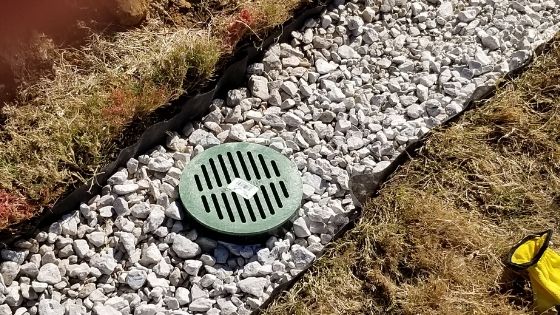
A great way to narrow French Drain vs. Catch Basin, and your decision will come with the common signs of which one is needed. So let’s dive right in and take a look.
Common Signs You Need a French Drain
- If you have standing water around your property
- Your home/ commercial building is on a hill
- Plans to build a retaining wall on a slope/ hill
Common Signs You Need a Catch Basin
- Frequently standing water on the property
- The lawn or parking lot is sloped
- Foul odor from ground
- Water pool in the basement
- Large amounts of mosquitos
Catch Basin vs. French Drain: What is the Best Choice?
Catch Basin
While a French drain can collect moderate runoff water, it can’t do the job for vast quantities. When it comes to French Drain vs. Catch Basin, you need to know that the catch basin is made for managing large amounts of surface and runoff water. A catch basin may be the best choice if you have a low spot in your yard where flooding happens during rain. Catch basins are ideally suited for quickly dealing with large amounts of surface water, ideal when heavy rainfall from storms happens.
French Drain
If you have a large lawn or property with soggy ground or bog, then the French drain will be the ideal choice. If rainwater flows on one side of your home, you can expect potential damage, such as basement flooding. The French drain protects that side of the home that is more likely to receive damage. It slopes downhill, so the water is directed in a different direction. It is essential to understand that excess stormwater can flood a French drain. French drains work relatively slowly as the water percolates into the trench and through the gravel. If you live in an area with frequent heavy rainfall, this may not be the best choice.
Frequently Asked Questions
It’s best to remember that this isn’t an “either-or” proposition. This will depend on your home entirely and potentially even the typical weather your property experiences. For example, a French drain could be a good choice if you want to control moderate amounts of groundwater and (some) runoff water within a large area. On the other hand, if you need to drain large amounts of surface or runoff water within a low spot, you will need a catch basin. Plus, there is always the option of combining the two drainage systems.
You can expect that not all French drains will require catch basins; only in some cases would it be recommended. For example, if you live in an area with moderate rainfall and your property doesn’t receive heavy surface flooding, then a French drain would be more than enough.
The combination of a catch basin and a French drain can offer the best of both worlds when draining your property. This can be ideal for locations where heavy rainfall is frequent and could even last for long periods of time. Some areas, such as the Pacific Northwest or coastal regions, may benefit from combining the two. This hybrid system would collect heavy rainwater and prevent areas on your property from flooding.
Final Thoughts
In the end, it may be best to have a discussion with your contractor, who will lay out the drainage system. While it’s going to be vital to get a general idea of what may be best, getting a professional opinion will ensure that your property will remain safe during bad weather.
Get Smarter About Building Products
Join 50,000+ subscribers and get our 3 min daily newsletter on what matters in the building materials industry.
You might like this


Edgecomb Gray vs Revere Pewter: Greige Color Showdown
When it comes to the battle of Edgecomb Gray vs Revere Pewter, these two popular paint colors from Benjamin Moore offer unique characteristics that make them both highly sought-after choices for interior and exterior applications. In this in-depth analysis, we will explore the subtle differences between Edgecomb Gray and Revere Pewter, as well as their […]
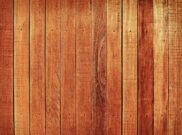

Lifetime Steel Post vs PostMaster Fencing: In-Depth Guide
When it comes to fencing, the choice between Lifetime Steel Post and PostMaster Fencing can be a challenging decision for both DIYers and professional builders. In this blog post, we will dive deep into the features and styles of these two popular fence posts options. Lifetime Steel Post Features and Styles The Lifetime Steel Posts […]


Sunrise Windows vs Andersen: Comparing Quality & Efficiency
When it comes to choosing the right replacement windows for your home or construction project, Sunrise Windows and Andersen are two leading contenders in the market. Both companies offer a variety of window options with distinct features and benefits that cater to different needs and preferences. In this comprehensive comparison between Sunrise Windows vs Andersen, […]